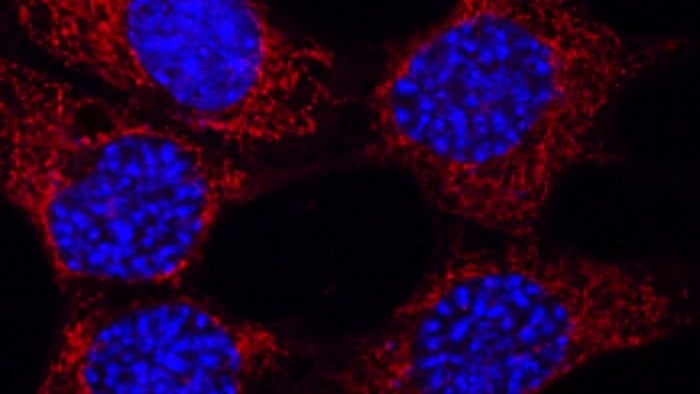One in every 10 people over the age of 65 develops an age-related neurological disorder like Alzheimer’s or Parkinson’s, but treatment options remain limited. Scientists are now exploring whether cannabinoids, compounds derived from the cannabis plant, may offer a solution. A lesser-known cannabinoid called CBN (cannabinol) has recently caught the attention of researchers who are investigating its clinical potential.
Salk Institute Scientists Develop CBN-Inspired Compounds with Enhanced Neuroprotective Properties
In a new study published in Redox Biology on March 29, 2024, scientists at the Salk Institute have explained how CBN protects the brain against aging and neurodegeneration. They used their findings to develop four CBN-inspired compounds that were more neuroprotective than the standard CBN molecule. One of these compounds was highly effective in treating traumatic brain injury in a Drosophila fruit fly model.
Uncovering the Mechanism Behind CBN’s Neuroprotective Effects
Many neurological disorders involve the death of brain cells called neurons due to the dysfunction of their power-generating mitochondria. The Salk team previously found that CBN prevents this mitochondrial dysfunction, protecting neurons against a form of cell death called oxytosis/ferroptosis. The researchers then applied academic and industrial drug discovery methods to characterize and improve CBN’s neuroprotective activity.
Designing and Testing CBN Analogs for Improved Medicinal Properties
The researchers broke CBN into small fragments and identified the most effective neuroprotective fragments. They then designed and constructed four novel CBN analogs in which those fragments were amplified. When tested on mouse and human nerve cell cultures, the four analogs were able to protect the cells from dying and had similar neuroprotective abilities compared to regular CBN.
CBN Analog CP1 Shows Promising Results in Treating Traumatic Brain Injury
The successful analogs were then tested in a Drosophila fruit fly model of traumatic brain injury. One of the analogs, CP1, was especially effective in treating traumatic brain injury, producing the highest survival rate after condition onset. “Our findings help demonstrate the therapeutic potential of CBN, as well as the scientific opportunity we have to replicate and refine its drug-like properties,” says Pamela Maher, senior author of the study.
Future Research and Potential Clinical Applications
The researchers plan to continue screening and characterizing these CBN analogs, refining their chemical designs, and studying age-related neurodegeneration and changes in brain cells. They hope to develop these drug-like compounds to promote cellular health and prevent neuronal dysfunction with age, potentially leading to new therapies for neurological disorders like Alzheimer’s disease, Parkinson’s disease, and traumatic brain injury.

